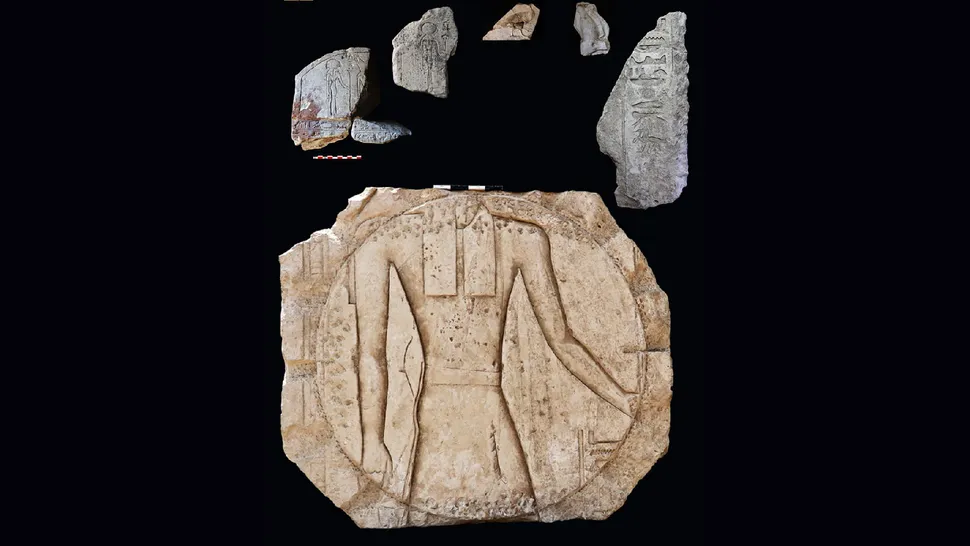Archaeologists have identified the first ancient Egyptian astronomical observatory on record, which they say is the "first and largest" of its kind, according to a translated statement from the country's Ministry of Tourism and Antiquities.
An Egyptian archaeological team discovered the remains of the sixth-century-B.C. structure three years ago during excavations at an archaeological site in the ancient city of Buto, now called Tell Al-Faraeen, in Egypt's Kafr El-Sheikh governorate.
"Everything we found shattered our expectations," Hossam Ghonim, director general of Kafr El-Sheikh Antiquities and head of the Egyptian archaeological mission, told Live Science.
The team uncovered the ruins of an L-shaped mud-brick building spanning over 9,150 square feet (850 square meters). Its east-facing entrance, marked by a traditional gateway known as a pylon, leads to a spot where sunlight would have illuminated where the sky observer — known as 'smn pe' and who was usually a priest — stood to track the sun and stars, Ghonim said.
The structure still has a carving of smn pe facing the rising sun. This figure symbolizes the ancient Egyptians' connection to the cosmos, Ghonim said.
At first, the team thought they had discovered a temple. Yet, as the excavation progressed, they uncovered artifacts and inscribed symbols, such as Chen, Cenet and Benu, that related to time and astronomy, Ghonim said. But it was the discovery of a huge sundial — along with several inscriptions, artifacts and the layout of the building — that led researchers to make the new announcement that this structure was an observatory, Ghonim explained.
"Along the hall's northern side, we discovered a slanted stone sundial — a sun shadow clock that used the shifting angles of the sun's shadows to determine sunrise, noon and sunset — a simple yet profound method," said Ghonim, who noted that, initially, archaeologists thought the clock was a temple gate. The team also found an ancient Egyptian timekeeping device known as a "merkhet," also from the sixth century B.C., at the site.



















